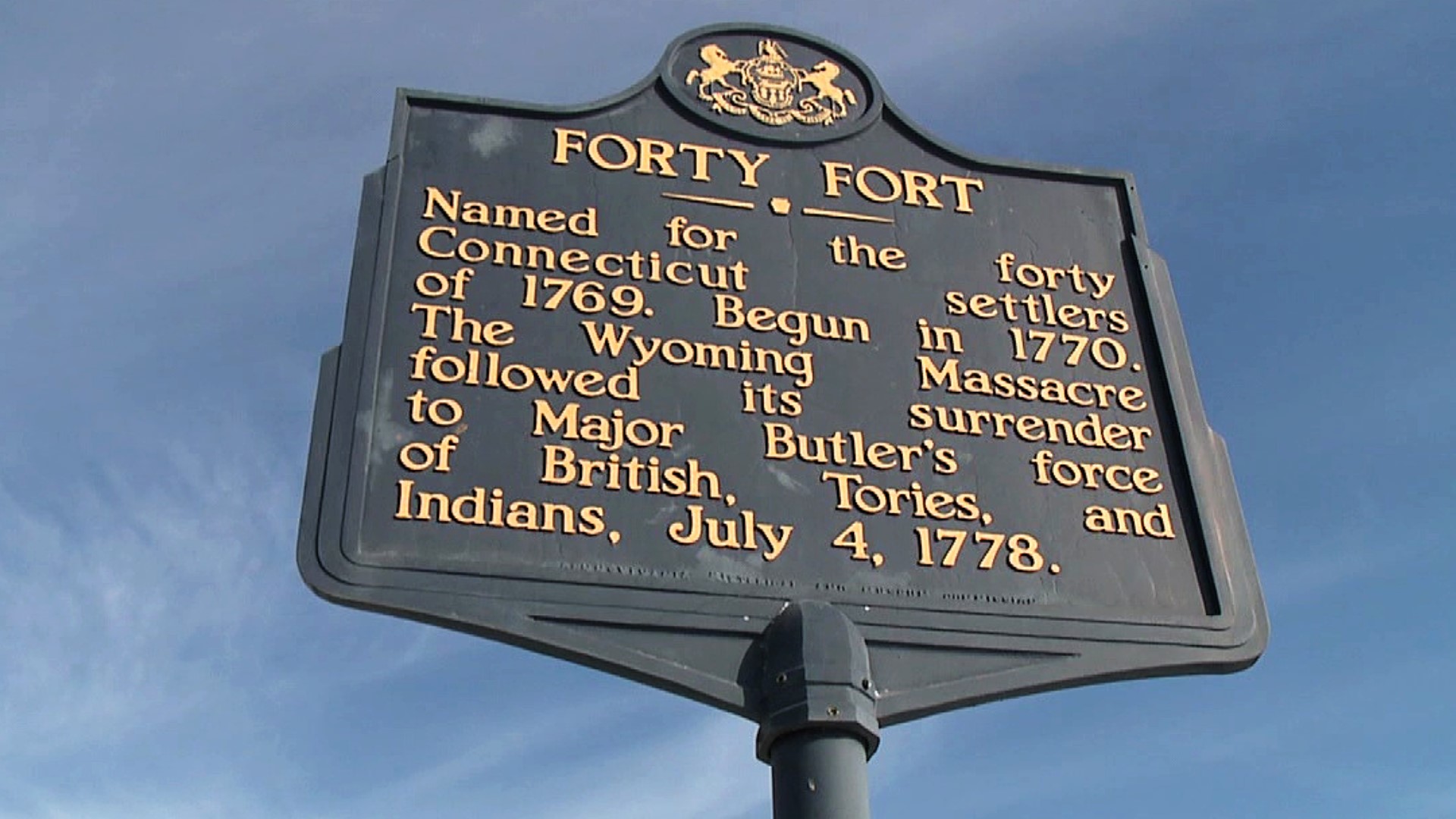LUZERNE COUNTY, Pa. — Blue cast aluminum markers can be seen throughout Luzerne County, educating passersby about important events or people in our area's history. This program has roots as far back as 1915.
"The marker program you know today, the blue and gold markers, that began in 1945," explained Pennsylvania Historical and Museum Commission spokesperson Harold Pollman.
A look at the markers in Luzerne County shows that eight of the 71 are currently listed as missing, but Pollman says his commission only knows that if someone reports that one of these markers has disappeared.
"We don't have active staff out all over the state watching our markers, so we rely on the public to let us know when something goes missing," added Pollman.
Both Pollman and folks at the Luzerne County Historical Society tell Newswatch 16 it is rare that one of these signs is missing because it was stolen.
"No, there's not some major underground market for stolen historical markers," joked Mark Riccetti, director of operations and programs at the Luzerne County Historical Society.
"They go missing for a number of reasons, not like it could be as common as a snowplow in the winter or a car accident, or it can be removed because there's work being done on a sidewalk or the streets," explained Pollman.
"Ideally, they're put back immediately once the work is completed. But sometimes things happen, and especially in the last two years with the pandemic, it's not always the highest priority. That's unfortunate, but that's just the reality some of the time," said Riccetti.
Riccetti says these signs are more than just a marker and could be the only avenue into history come people are exposed to.
"Just because you say something happened here doesn't necessarily mean you're going to learn anything about it. The markers provide a little bit of context. They provide some background, and they will give you sort of the 101 of what happened, and then hopefully you go to the library or go online, and you can look into a little bit more if you're curious," he explained.
In the 1990s, the state commission started accepting applications for nominations of these markers. Generally, if you'd like to see one put up or replaced, you have to apply and be prepared to raise about $2,000 for the placement and upkeep.
If you would like more information about these markers, you can visit the PHMC website by clicking here.
Check out WNEP's YouTube page.

